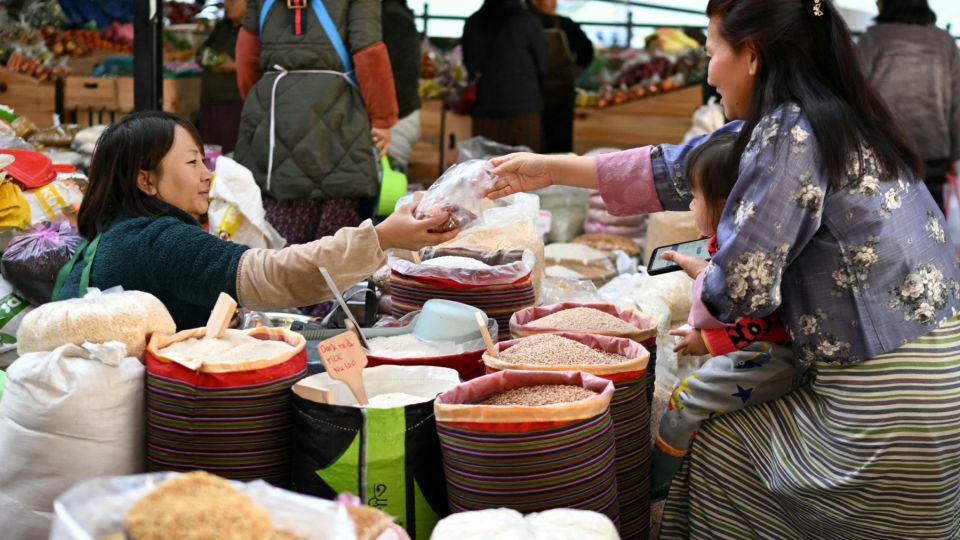August 11, 2025
THIMPHU – Consumers in the country saw a 3.65 percent increase in the prices of goods and services in June, a slight cooling from 3.84 percent recorded in May, according to the National Statistics Bureau’s (NSB) recent consumer price index.
The inflation rate, which has averaged 3.33 percent over the first six months of 2025, means households are now spending 3.65 percent more on the same basket of goods than they did a year ago.
The inflation was reported at 2.82 percent in 2024, 4.23 percent in 2023, and 5.64 percent in 2022.
The persistent inflationary pressure has had a direct impact on the purchasing power of the ngultrum.
NSB data shows that the value of Nu 100 in June 2025 is now equivalent to just Nu 55.2 when measured against prices in December 2012, reflecting a 3.56 percent year-on-year erosion in its value.
The increase in June was primarily driven by both food and non-food prices.
Food inflation saw a rise to 5.27 percent, with the food and non-alcoholic beverages index increasing by 5.45 percent.
At the same time, alcoholic beverages and betel nuts index saw an increase of 3.07 percent.
Non-food inflation also rose to 2.20 percent, mainly fueled by a 2.78 percent increase in housing and utilities. However, the transport index saw a drop of -2.79 percent.
Month-on-month inflation, which compares prices between May and June, decreased by -0.40 percent, largely due to a decline in food prices.
Food inflation fell to -0.07 percent month-on-month, while non-food inflation saw a slight increase to 0.05 percent, driven by a rise in the transport index by 0.27 percent.
Regional inflation data reveals a clear disparity across the country.
The western region, which includes Gasa, Punakha, Thimphu, Wangdue, Haa, Paro, Samtse, and Chukha, experienced the highest price increases at 5.37 percent.
Within this region, Thimphu recorded a 4.97 percent inflation rate in June, led by a 6.19 percent rise in food prices and non-food prices by 3.86 percent.
The central region (Bumthang, Dagana, Sarpang, Zhemgang, Trongsa, and Tsirang) saw a 4.74 percent increase, while the eastern region (Mongar, Trashigang, and Samdrupjongkhar) recorded the lowest inflation at just 3.42 percent.
The annual average national headline inflation eased to 2.82 percent in 2024, a drop of 1.41 percentage points from 4.23 percent in 2023. This downward trend was driven by a slower annual increase in both food and non-food prices.
Food inflation decelerated to 0.48 percent from 3.97 percent in 2023. This was primarily due to an easing of the food and non-alcoholic beverages index to 0.49 percent and the alcoholic beverages and betel nuts index to 0.24 percent.
Similarly, the non-food index decelerated to 0.25 percent from 4.44 percent in 2023, mainly because of a drop in the communication and transport indices to -0.64 percent and -0.14 percent, respectively.


